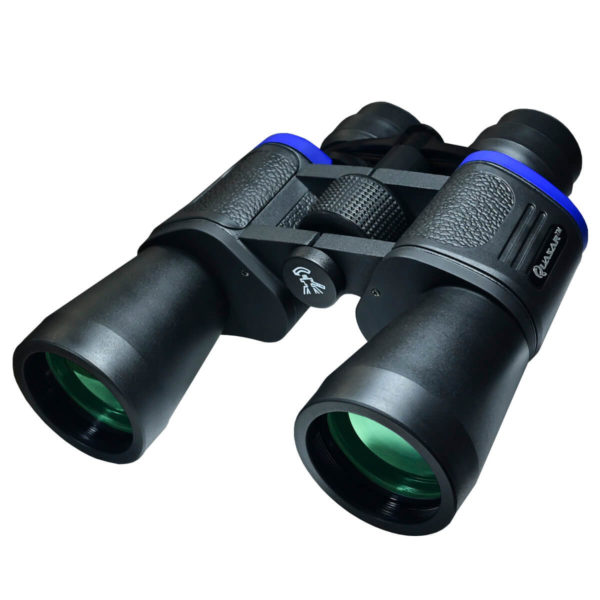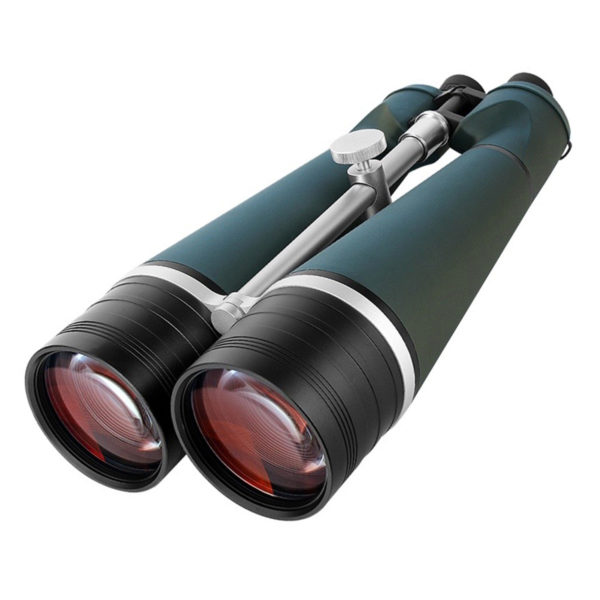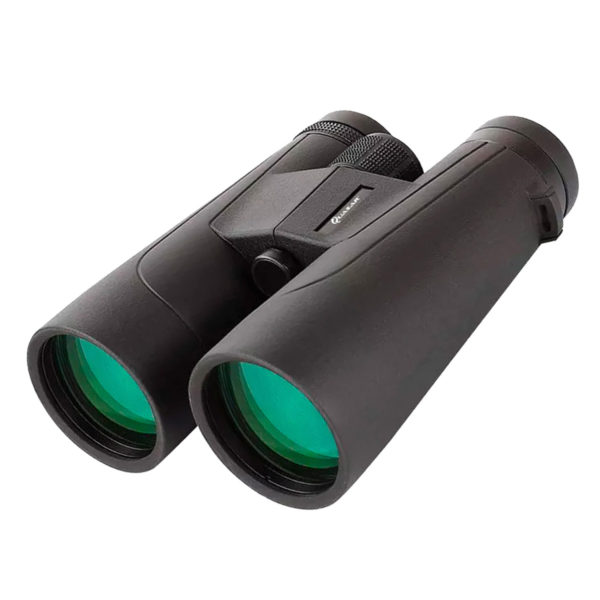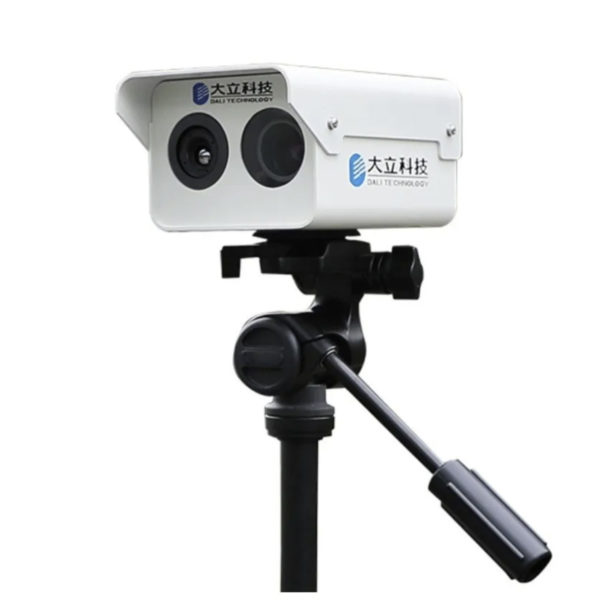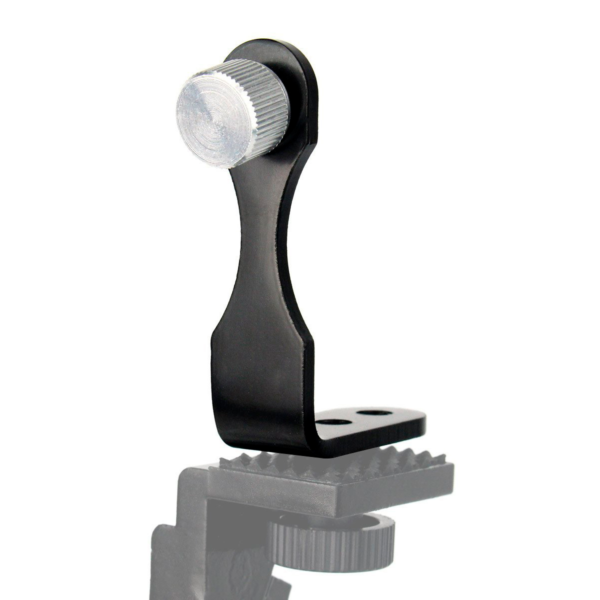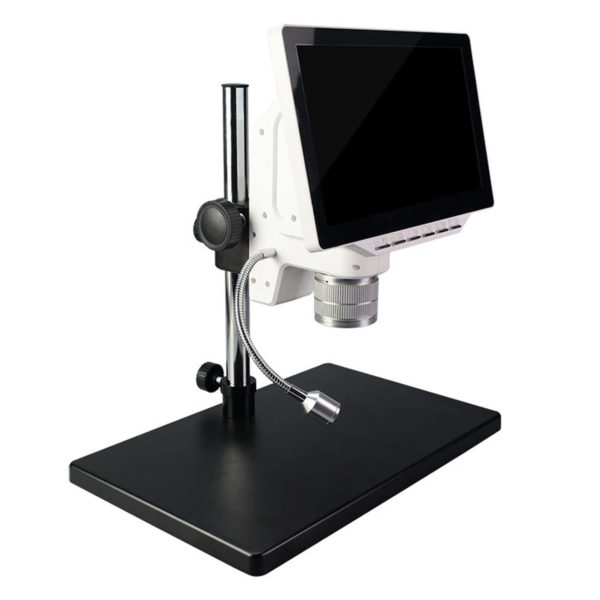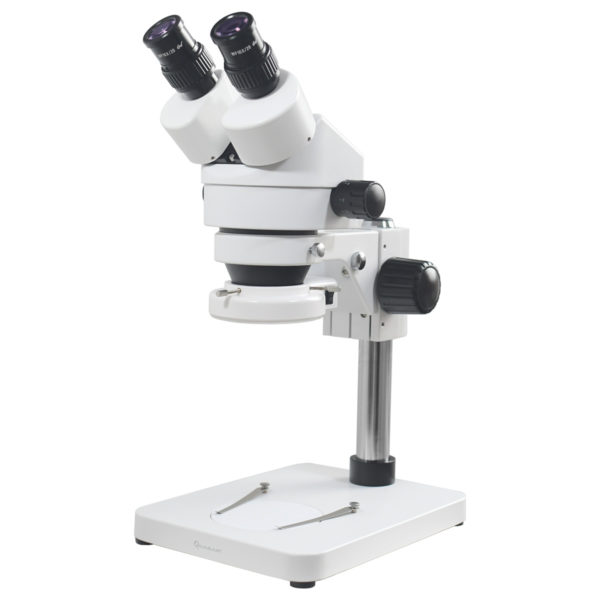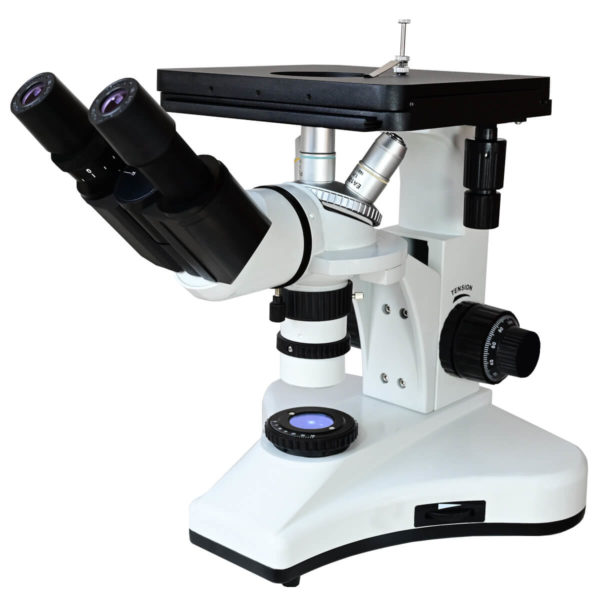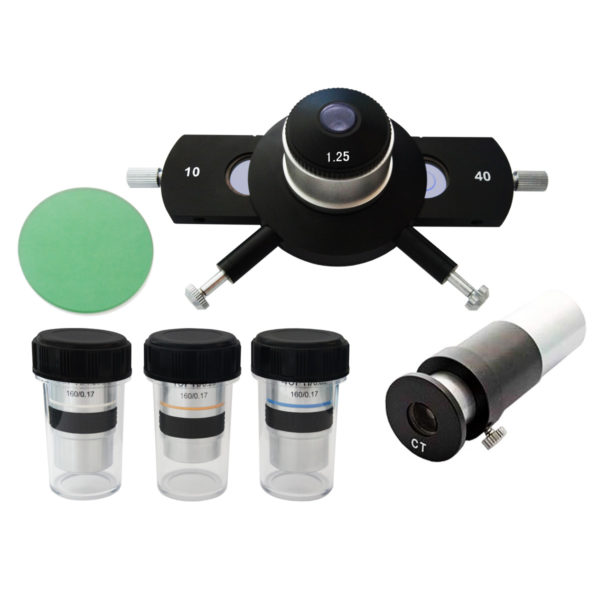How we measure a dark sky
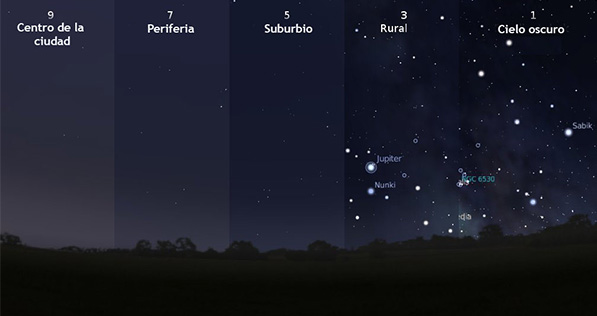
To measure how dark our sky is for astronomy, we use the Bortle Scale. It owes its name to its creator, John E. Bortle, who published it in Astronomy Magazine in 2001.

It is not a technically scientific measurement, but it gives everyone nine degrees of sky darkness, from Level 1, the darkest possible, to Level Nine, which has extremely bright light pollution, such as that found in large cities.
To calculate the Bortle measure of your sky, we are given several subjective factors to take into account, such as the key Messier objects we can see or the brightness of the clouds compared to the background sky.
In this way, we can use the scale to calculate the luminosity of our own sky and set our expectations about what we can see accordingly.
The Bortle scale
Each of the levels of the Bortle scale has a color. Level 1 is black, level 2 is gray, then we go through green, orange, red and end up in white. We are also given a likely environment, such as rural, suburban or urban center.
Bortle also indicates a limiting magnitude for each stage of the scale, both for naked eye observations and those made with a 12-inch reflector. In the darkest sky, these magnitudes are 7.6 to 8.0 for the naked eye (compare with the usually accepted figure of 6-6.5 as the limit of naked-eye visibility) and 17.5 for the telescope.

It owes its name to its creator, John E. Bortle, who published it in the Astronomy Magazine in
When we reach level nine, our urban sky, we can only see objects brighter than magnitude 4 with the naked eye. That is, a handful of shiny objects. That is, a handful of bright stars, the brightest planets and nothing else. This makes constellation identification difficult, not to mention the search for deep sky objects. Finally, we can also use the Naked Eye Limit Magnitude (NELM) as a test of the darkness of the sky.
As the name suggests, this is a simple measurement of the faintest stars that can be seen with the naked eye from the observation site.
A good way to check is to look inside the Great Pegasus Square. There are 26 stars brighter than magnitude 6.5 there and the number of them you can count is a good indicator of the darkness.
From a downtown location, where only stars of magnitude greater than 4 can be seen, no stars within the Great Square will be counted. However, if you can see up to magnitude 5.0, you will count 4 stars, or 10 if you can see up to magnitude 6.0.
For more information on both measures, i.e. Bortle and NELM, as well as a useful flow chart to help you navigate Bortle, use the following link.How dark is my sky?
Moon and planets for the coming week
From Saturday, July 15 to Friday, July 21
The Moon – is new on the 17th. If you’re up for a lunar challenge, check out my 100 Lunar Guide.
(The Lunar 100 is included in VAC subscriptions).
Mercury – some of us may catch a glimpse of this elusive little planet just after sunset later this week. It will be very low on the northwest horizon, but shining at magnitude -0.7.Venus – is only one-third illuminated, but is very large, over 40 arcseconds in diameter, making it a fabulous object to spy. See it low in the sky after sunset, very bright and forming a pattern with Regulus (in Leo) and Mars.



